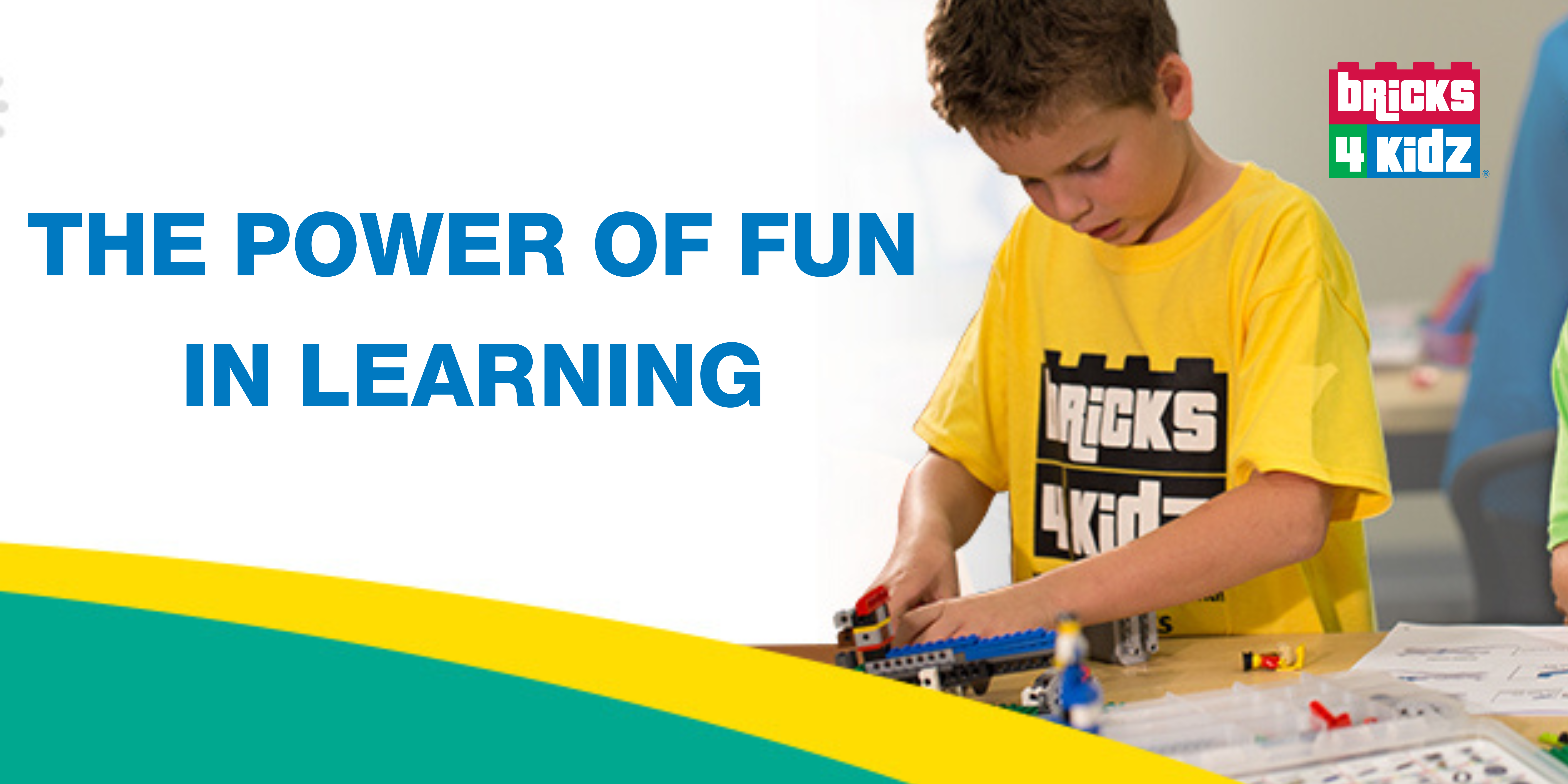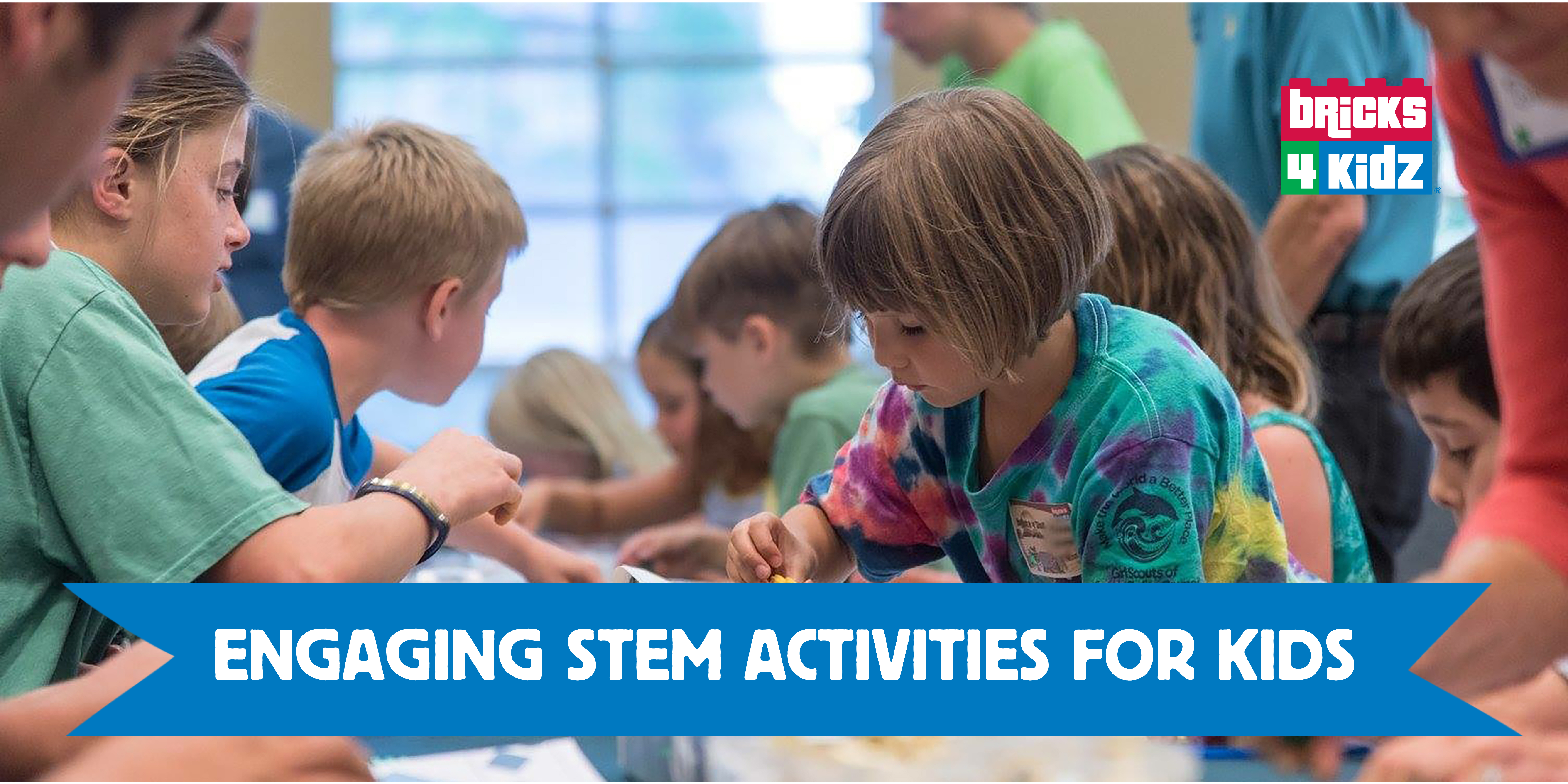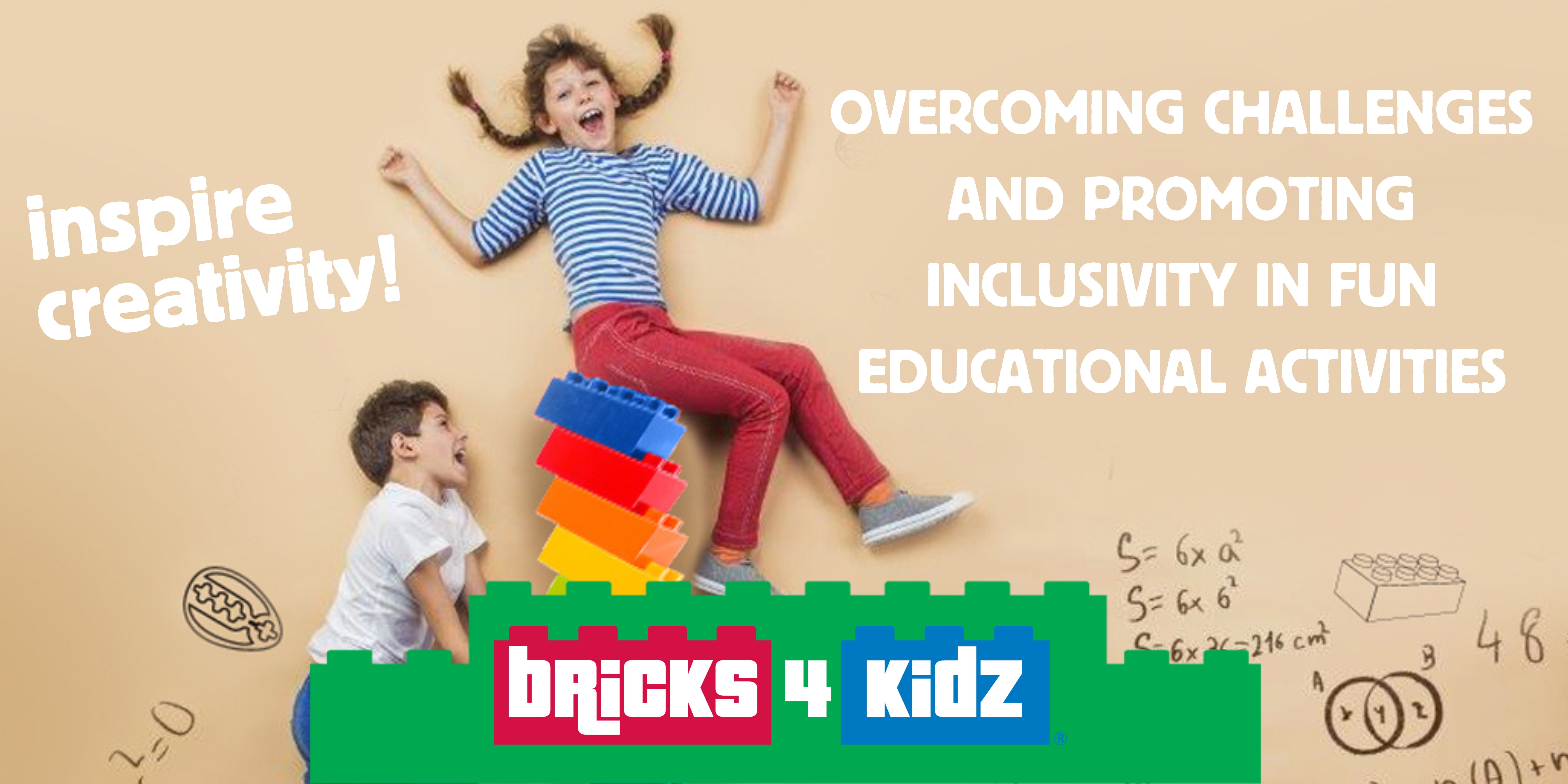Children learn best when they are engaged and having fun. Fun educational activities provide a dynamic and interactive learning experience that sparks curiosity and fosters exploration. In this article, we will explore the importance of fun and engaging educational activities for kids, the concept of STEM education, and the role of hands-on experiences in promoting active learning.

I. The Power of Fun in Learning:
When children find learning enjoyable, they become motivated and eager to explore. Fun educational activities create positive associations with learning and enhance children’s intrinsic motivation. Fun experiences also improve memory retention, as emotions and enjoyment enhance cognitive processes. Moreover, fun activities foster creativity and problem-solving skills by encouraging children to think creatively and find innovative solutions.
II. STEM Education: The Foundation for Future Success:
STEM education encompasses science, technology, engineering, and mathematics. It emphasizes an interdisciplinary approach to learning and provides children with essential skills for future success. Science develops curiosity and critical thinking, technology fosters digital literacy, engineering promotes problem-solving and creativity, and mathematics enhances logical reasoning and analytical skills. STEM education equips children with the tools to navigate the complex challenges of the modern world.

III. Engaging STEM Activities for Kids:
Science experiments and investigations allow children to explore scientific concepts through hands-on experiences. By conducting experiments with everyday materials, children learn to ask questions, make predictions, and draw conclusions based on evidence.
Technology exploration and coding introduce children to the world of programming and computational thinking. Educational coding platforms and apps provide interactive and engaging ways to learn coding concepts and develop problem-solving skills.
Engineering challenges and design projects inspire creativity and innovation. Building structures with simple materials or designing and constructing simple machines engage children in the engineering design process, encouraging critical thinking and spatial reasoning.
Math games and puzzles make learning mathematics enjoyable and accessible. Math-based board games and puzzles enhance logical thinking, numerical fluency, and problem-solving skills while providing an entertaining experience.
IV. Incorporating Fun and Learning at Home:
Parents can create a stimulating learning environment at home by:
Designating a learning space or “STEM corner” where educational activities can take place. This area should be equipped with materials and resources for easy access.
Engaging in family STEM projects and experiments that encourage collaboration and exploration. By involving the whole family, children can learn from different perspectives and enjoy shared learning experiences.
Utilizing educational apps and online resources that offer interactive STEM activities and experiments. These platforms provide engaging content and enable children to learn independently while having fun.
V. The Role of Parents and Educators in Promoting Fun Educational Activities:
They can provide guidance and support by encouraging children to explore and ask questions. By being actively involved, parents and educators can help children make connections between their activities and real-world applications.
By incorporating fun activities into the curriculum or daily routines, parents and educators create opportunities for hands-on learning experiences. Integrating STEM activities into lesson plans ensures that learning is not only informative but also enjoyable.
Encouraging a growth mindset and celebrating achievements are essential in promoting a positive learning environment. Recognizing effort, perseverance, and problem-solving skills nurtures children’s confidence and resilience.

VI. Overcoming Challenges and Promoting Inclusivity in Fun Educational Activities:
Addressing accessibility and resource limitations is crucial to ensure that all children have equal access to fun educational activities. Finding low-cost or DIY alternatives for educational materials and leveraging community resources and partnerships can help bridge the gap.
Inclusivity and diversity should be prioritized in STEM education. Providing representation and diverse role models allows children to see themselves in STEM fields.
Creating inclusive learning environments involves recognizing and accommodating the diverse learning styles and needs of all children. This can be achieved through differentiated instruction, providing additional support when necessary, and fostering a sense of belonging and acceptance.
VII. Conclusion:
Fun educational activities play a pivotal role in fostering learning and exploration in STEM subjects. By integrating enjoyment and hands-on experiences, children are motivated to engage with the content, develop critical skills, and cultivate a love for lifelong learning. Parents and educators have a significant impact in creating an environment that embraces fun and educational activities, providing guidance, and celebrating achievements. By promoting inclusivity and addressing challenges, we can ensure that all children have equal opportunities to benefit from these experiences. Let’s embrace the power of fun educational activities and inspire the next generation of innovative thinkers and problem solvers.